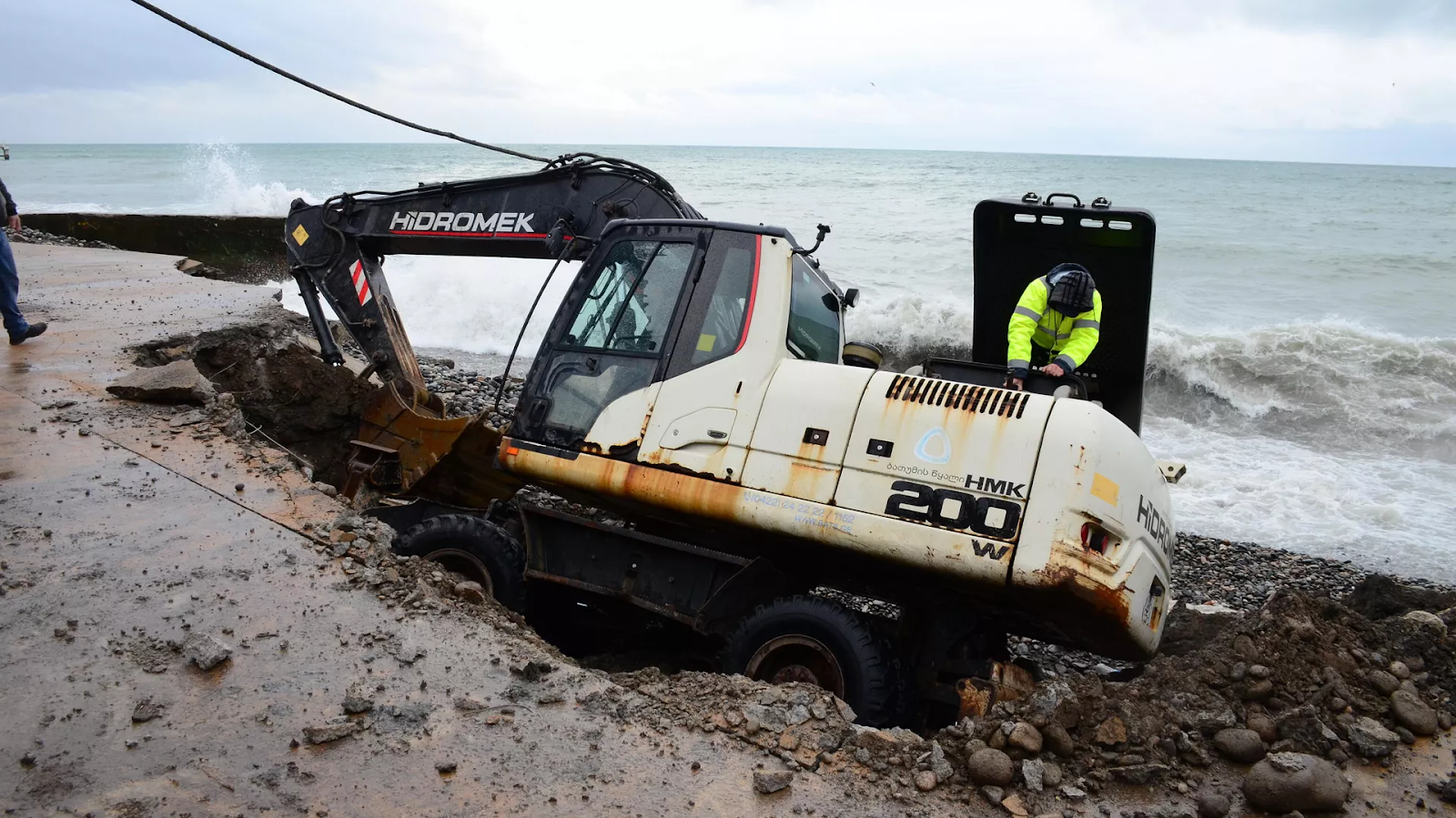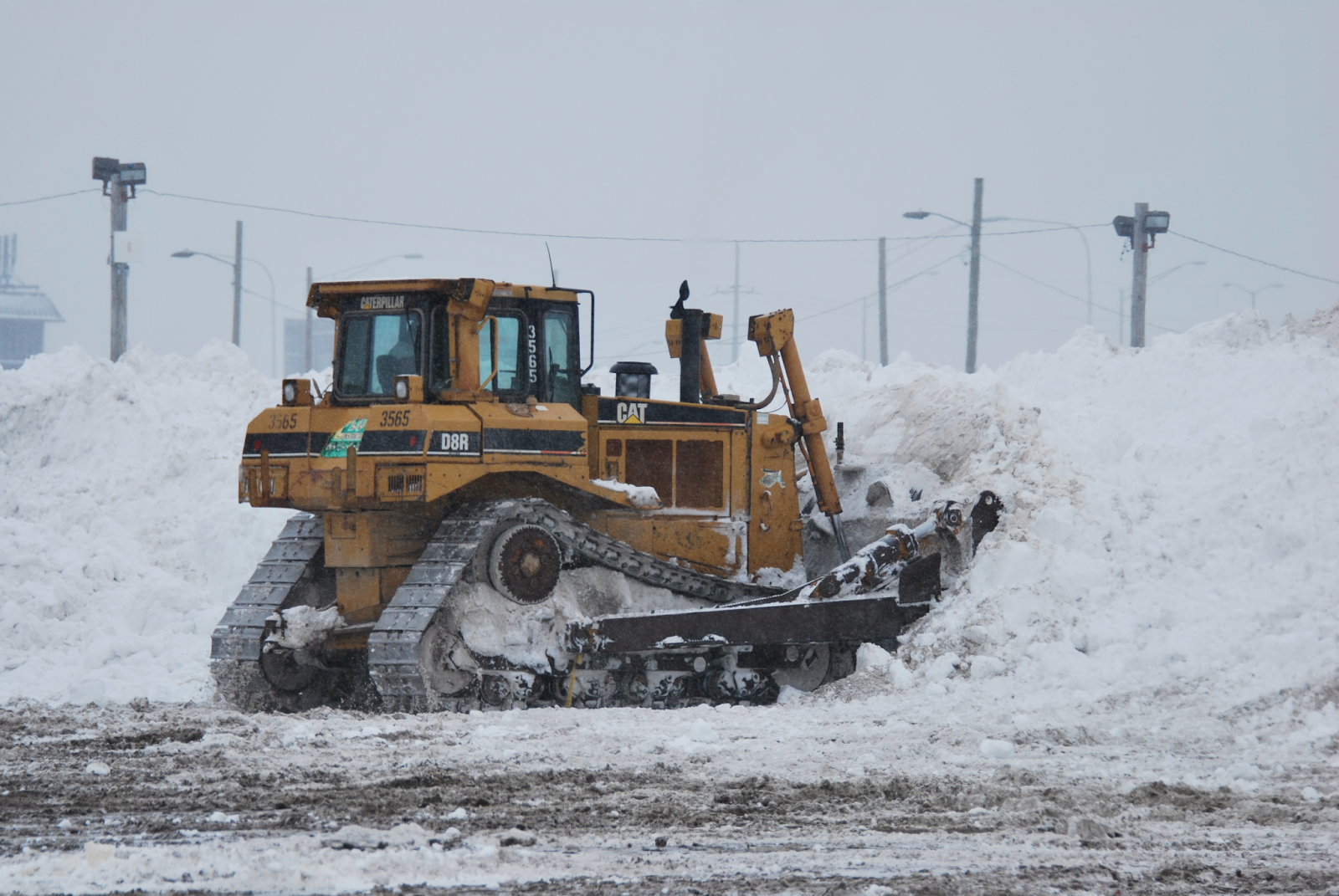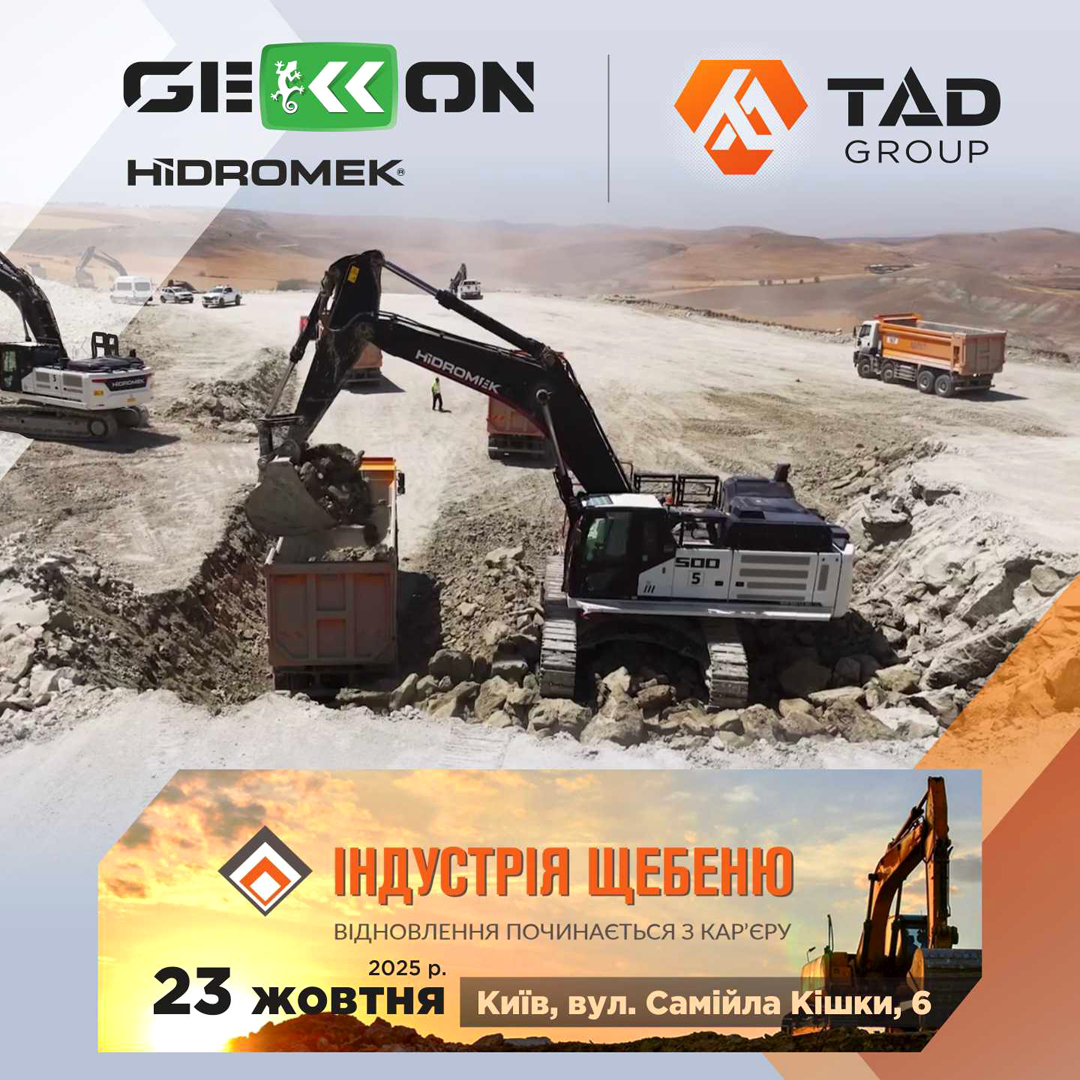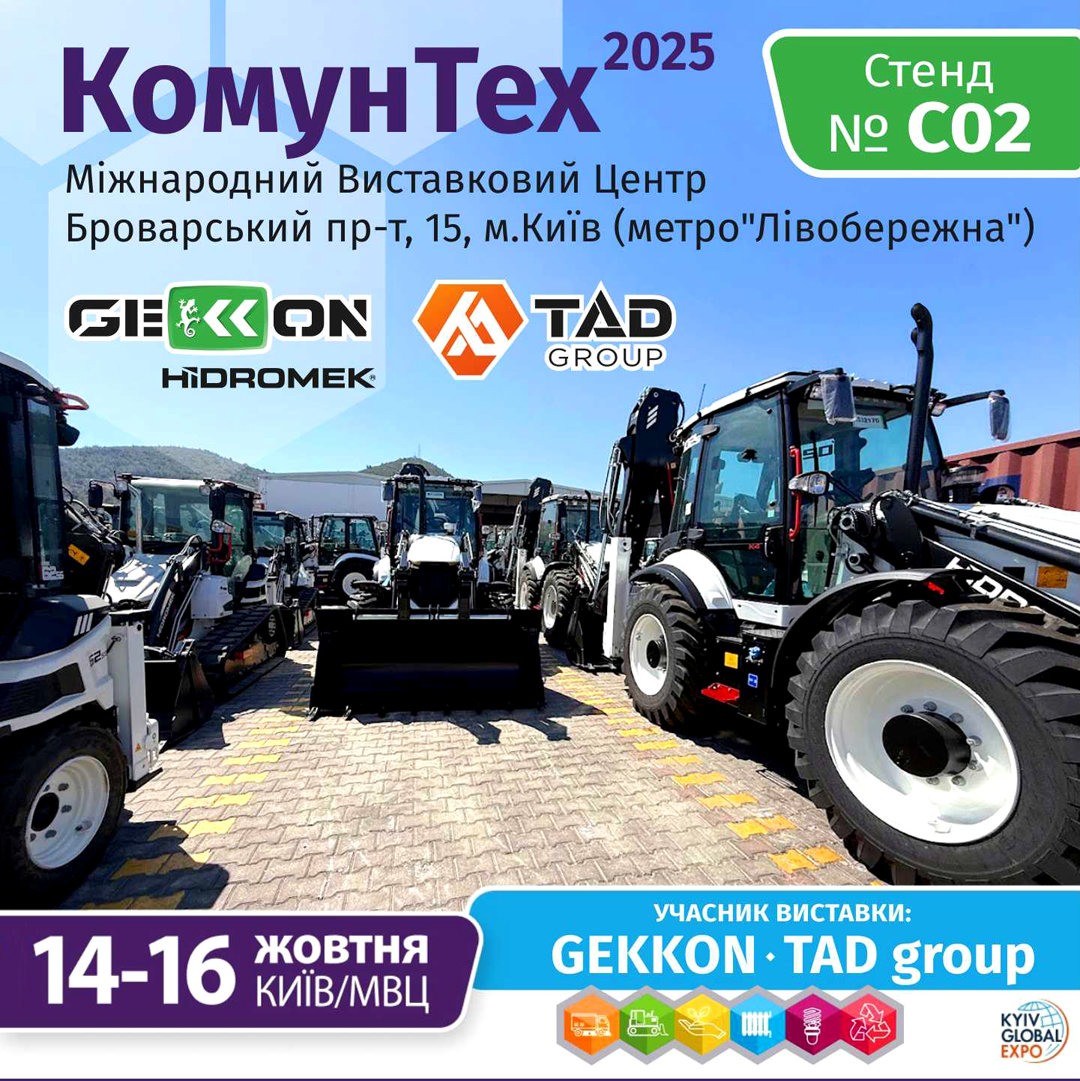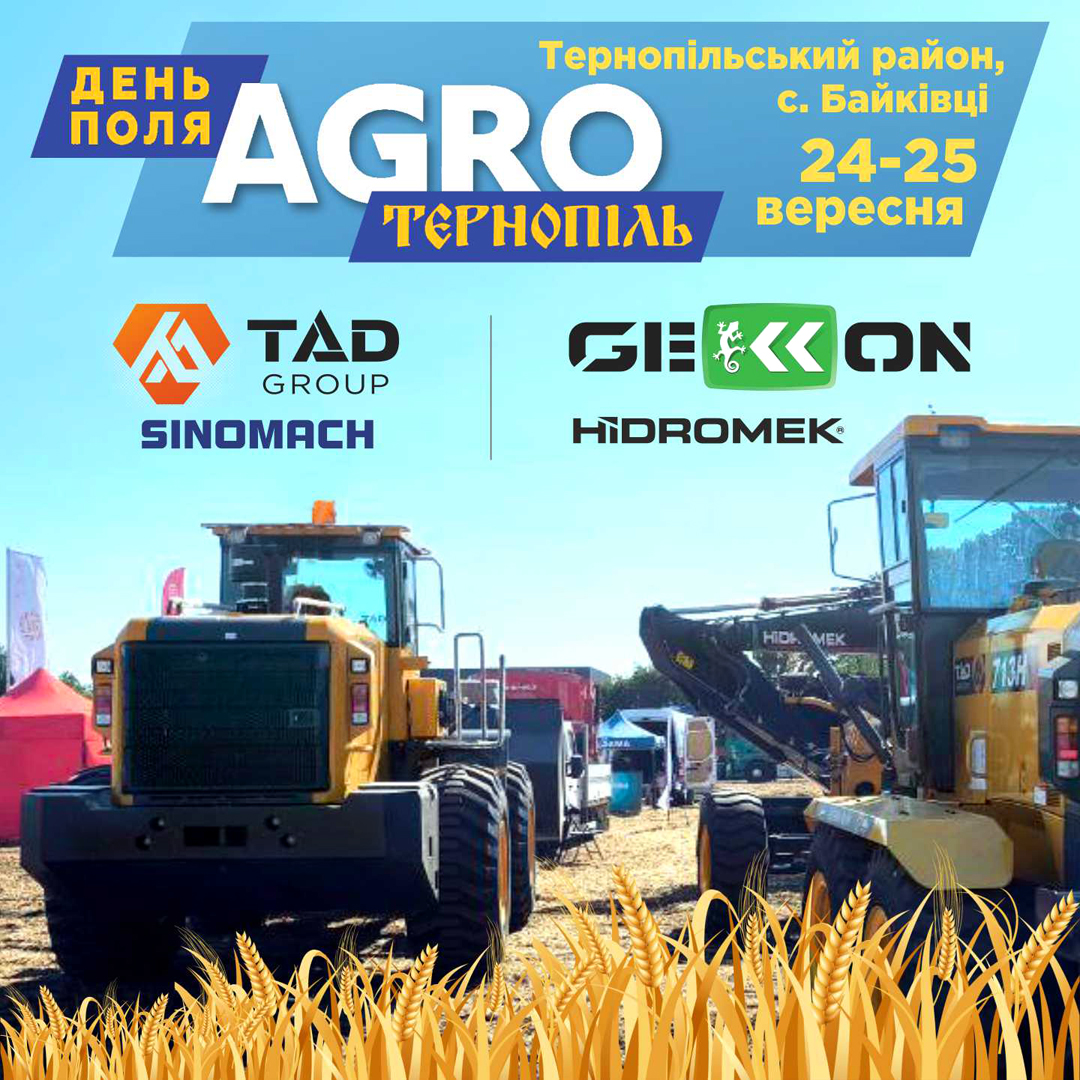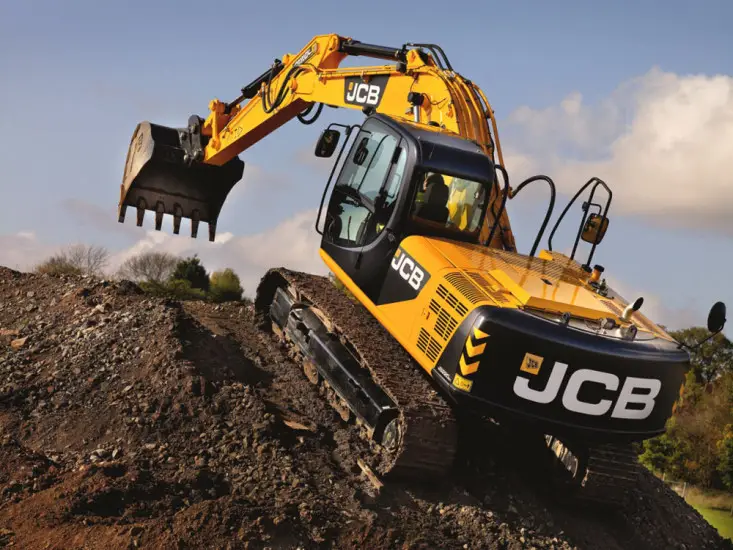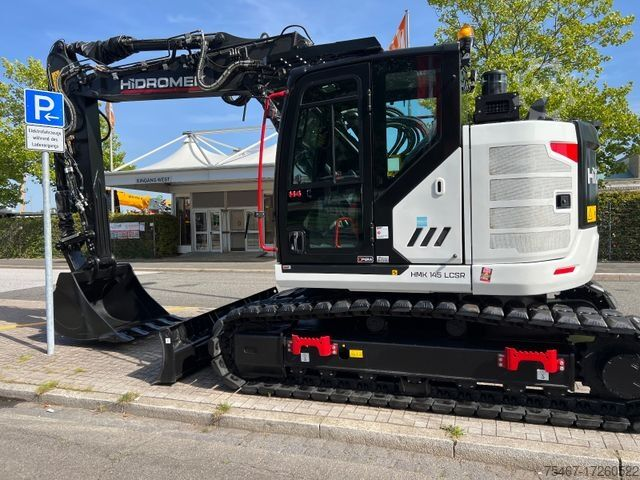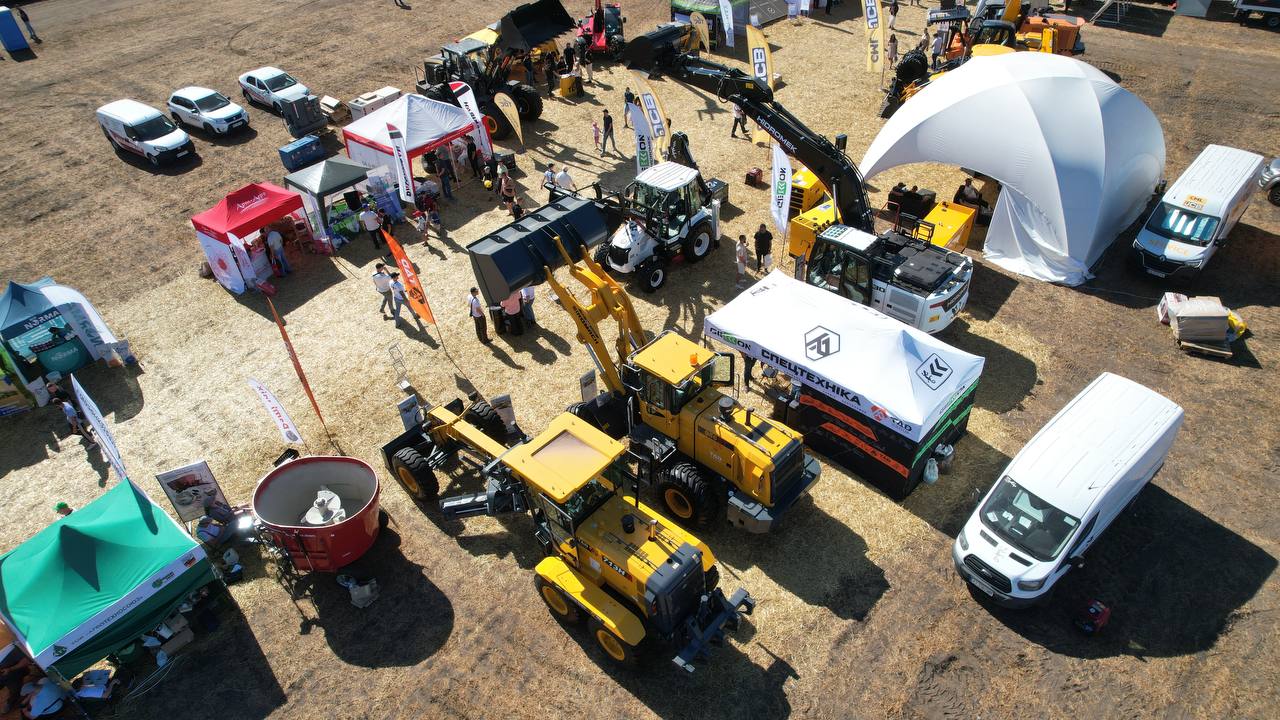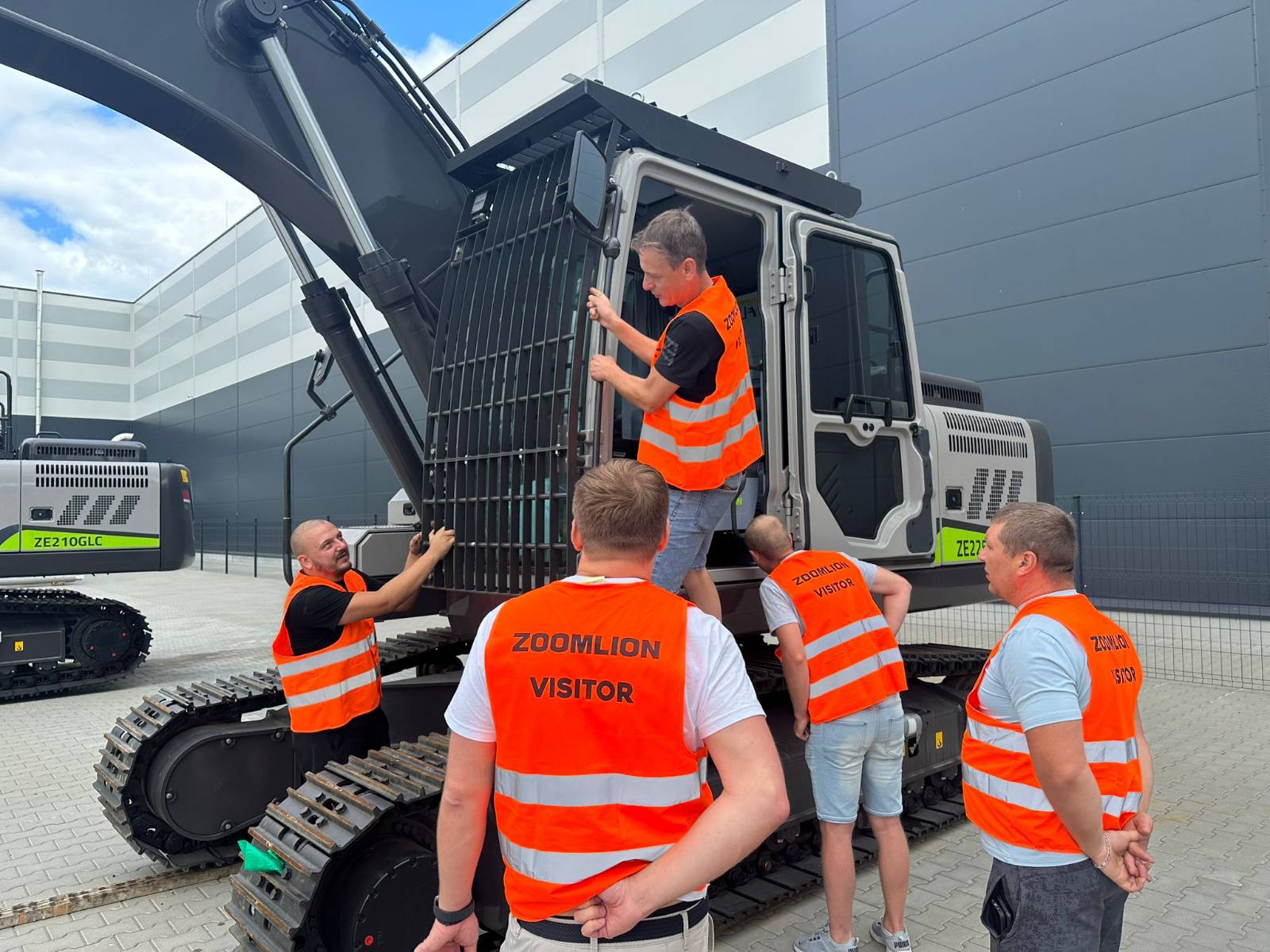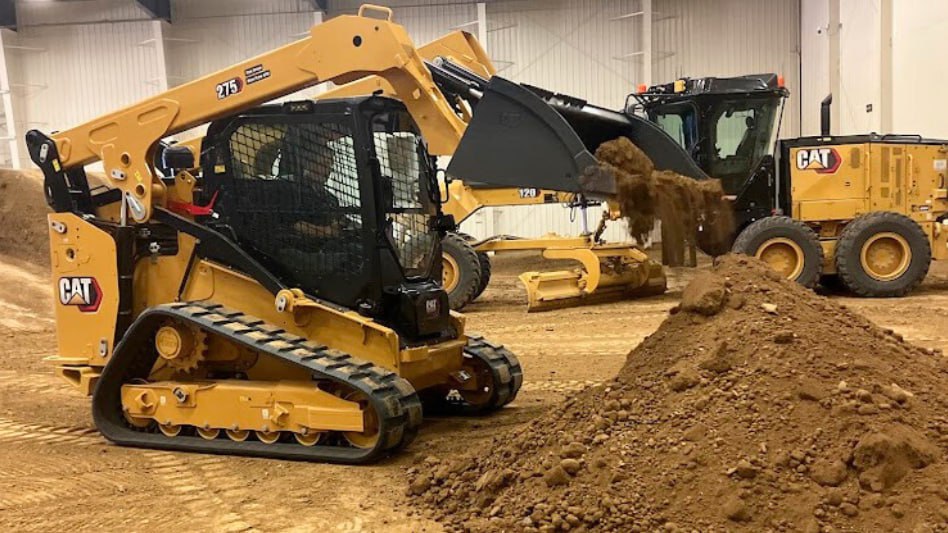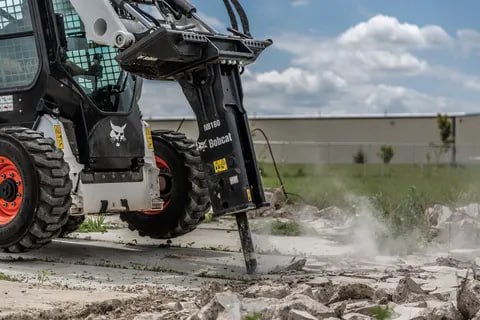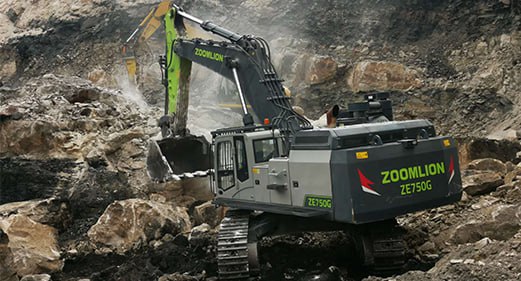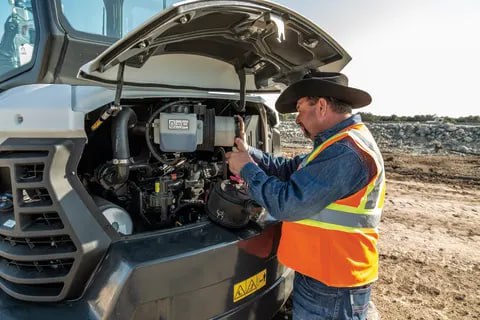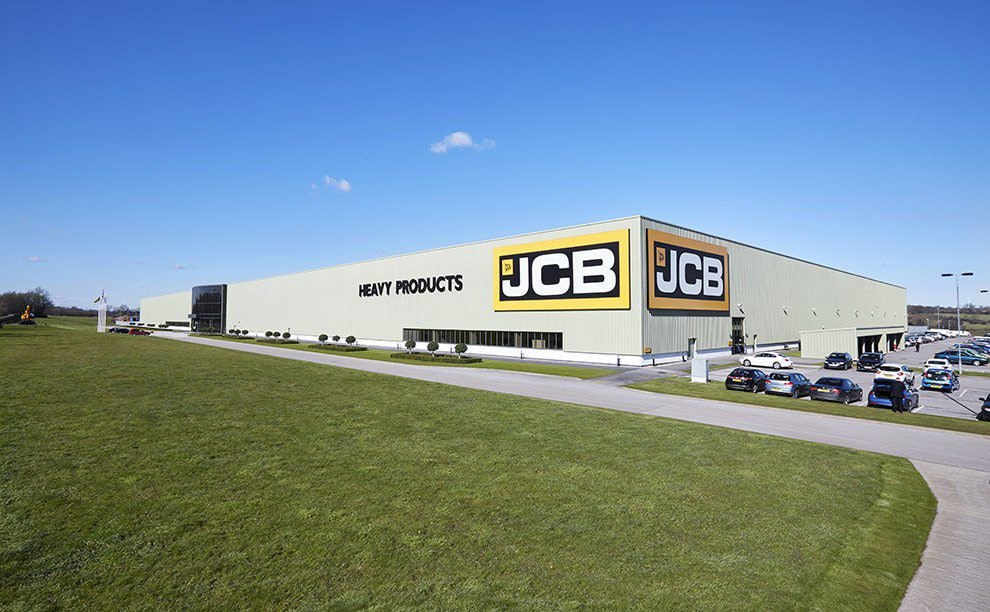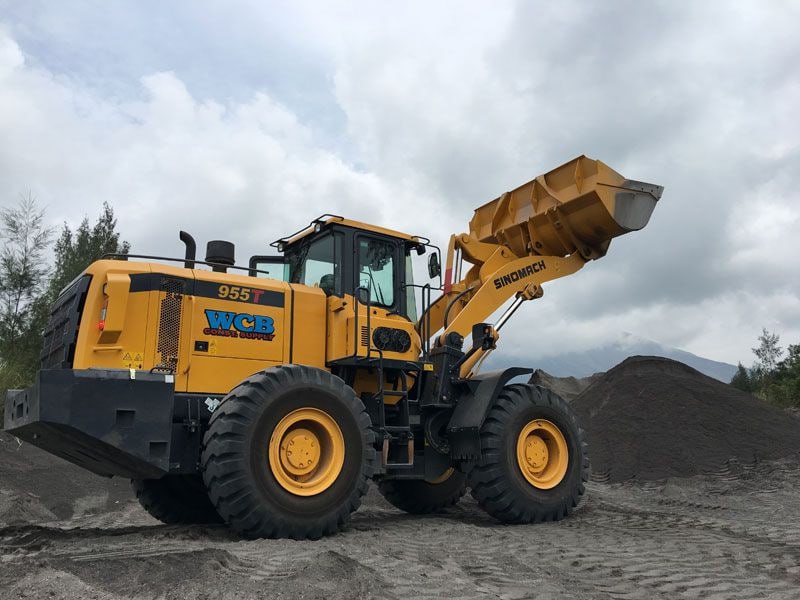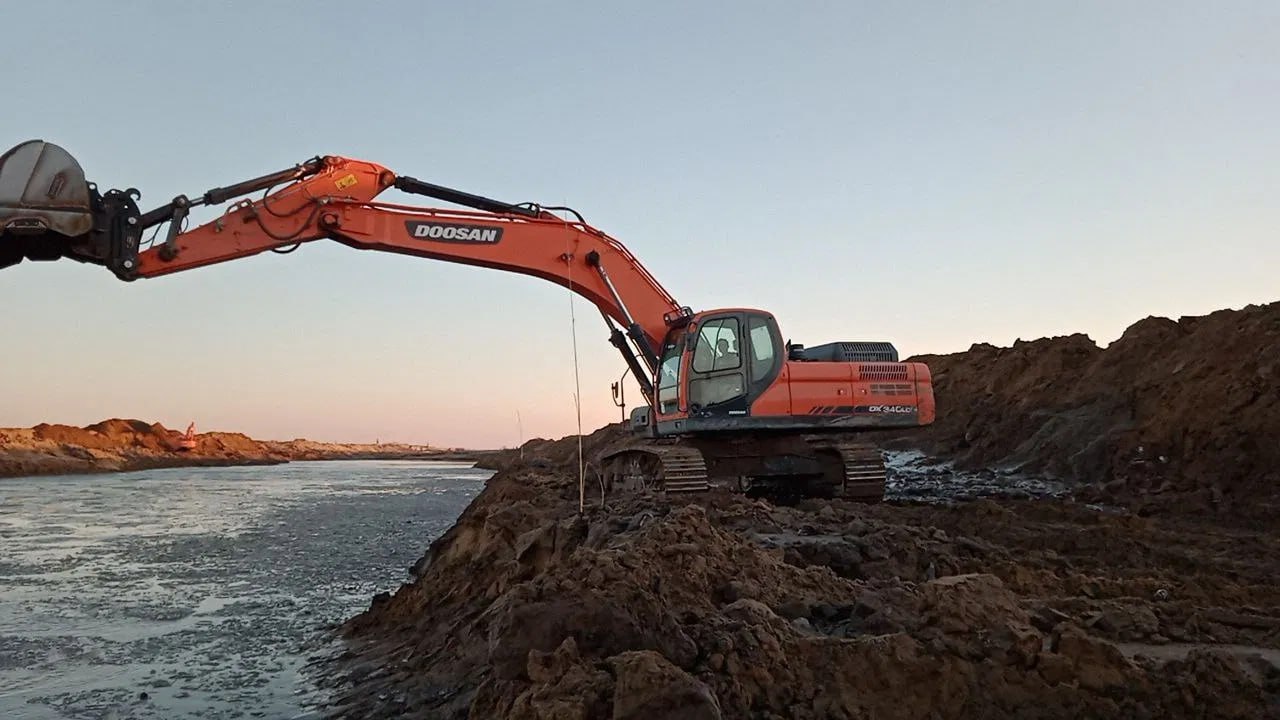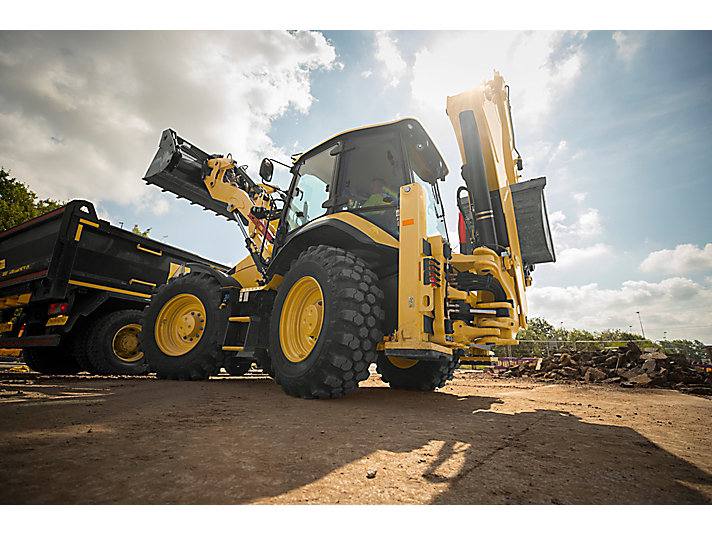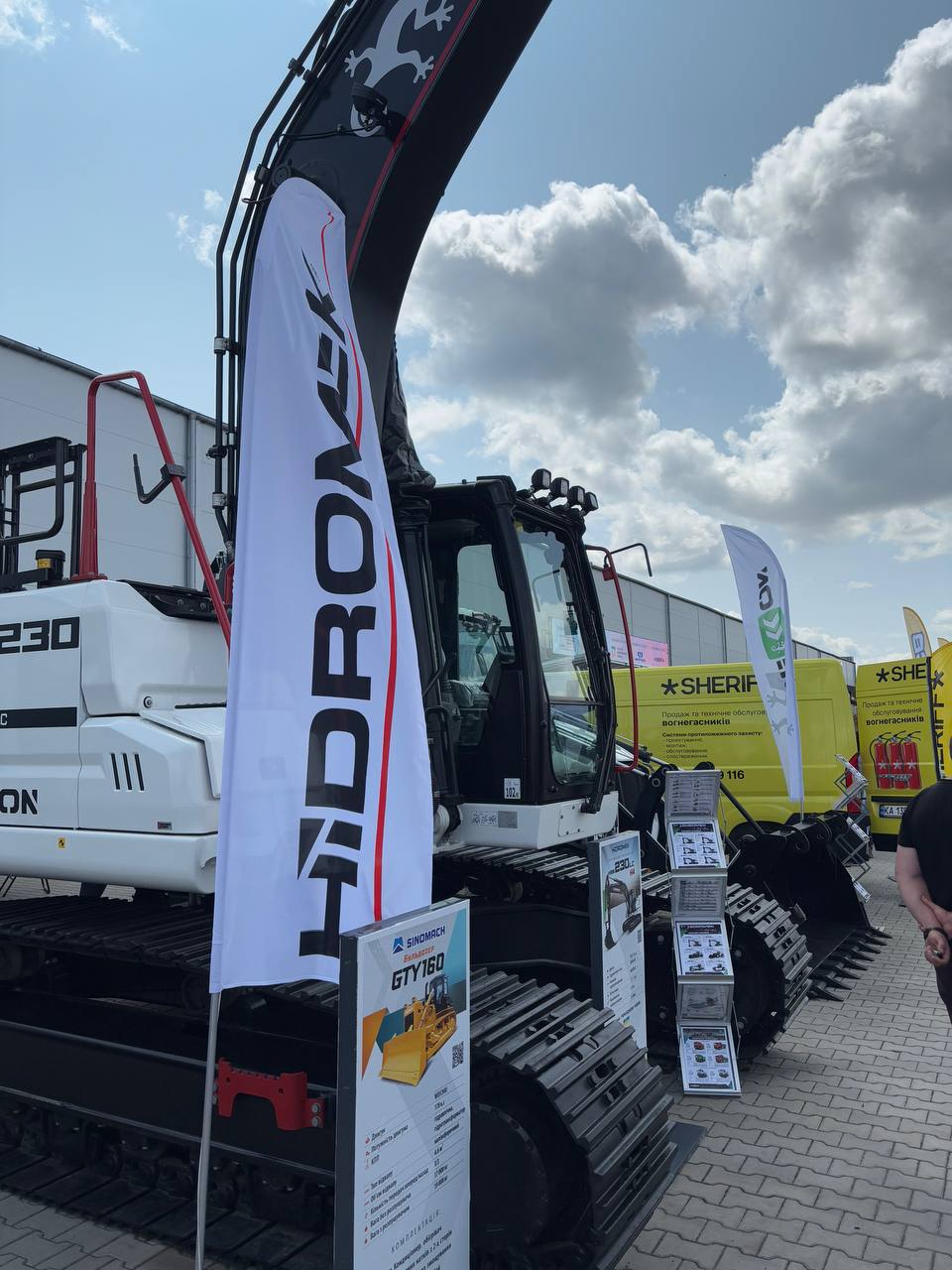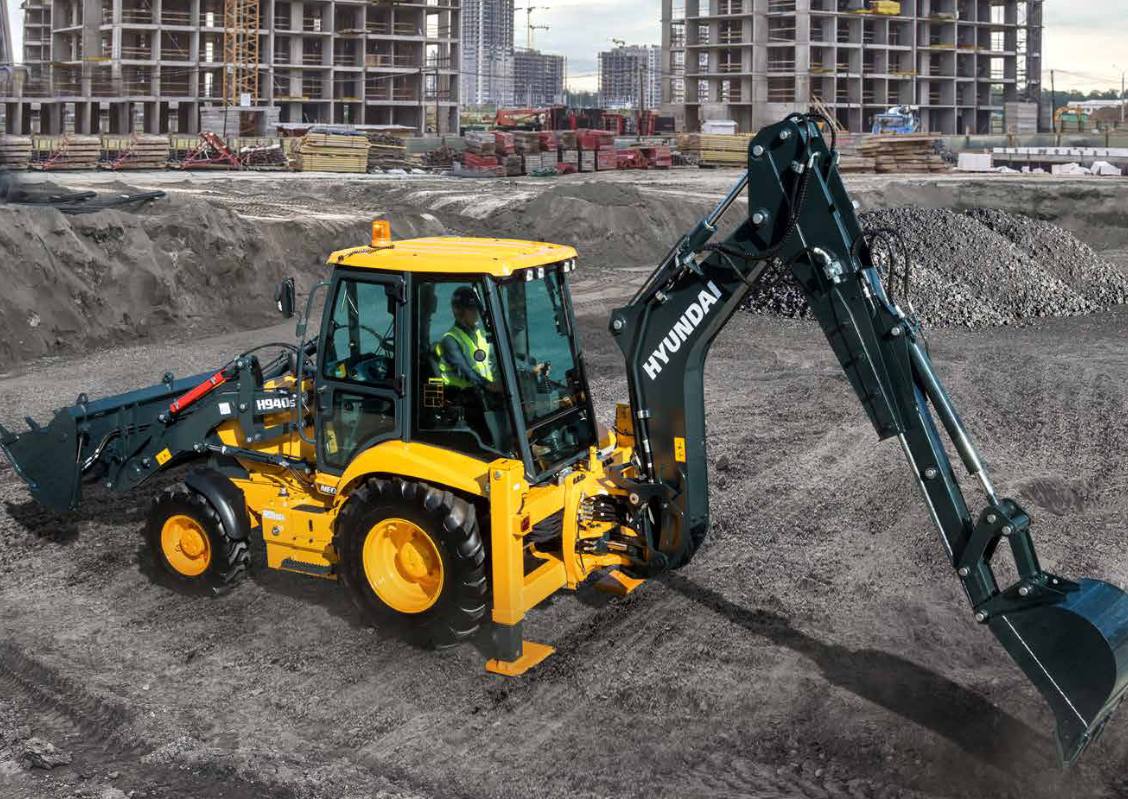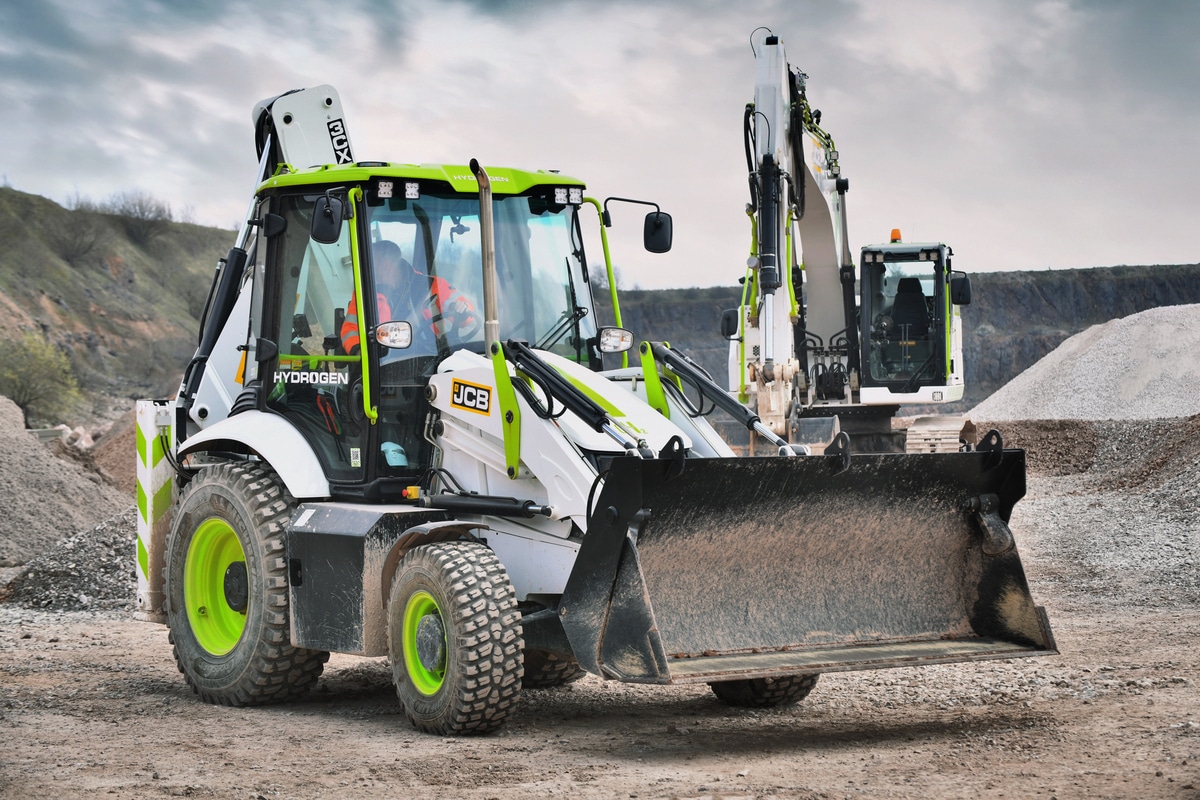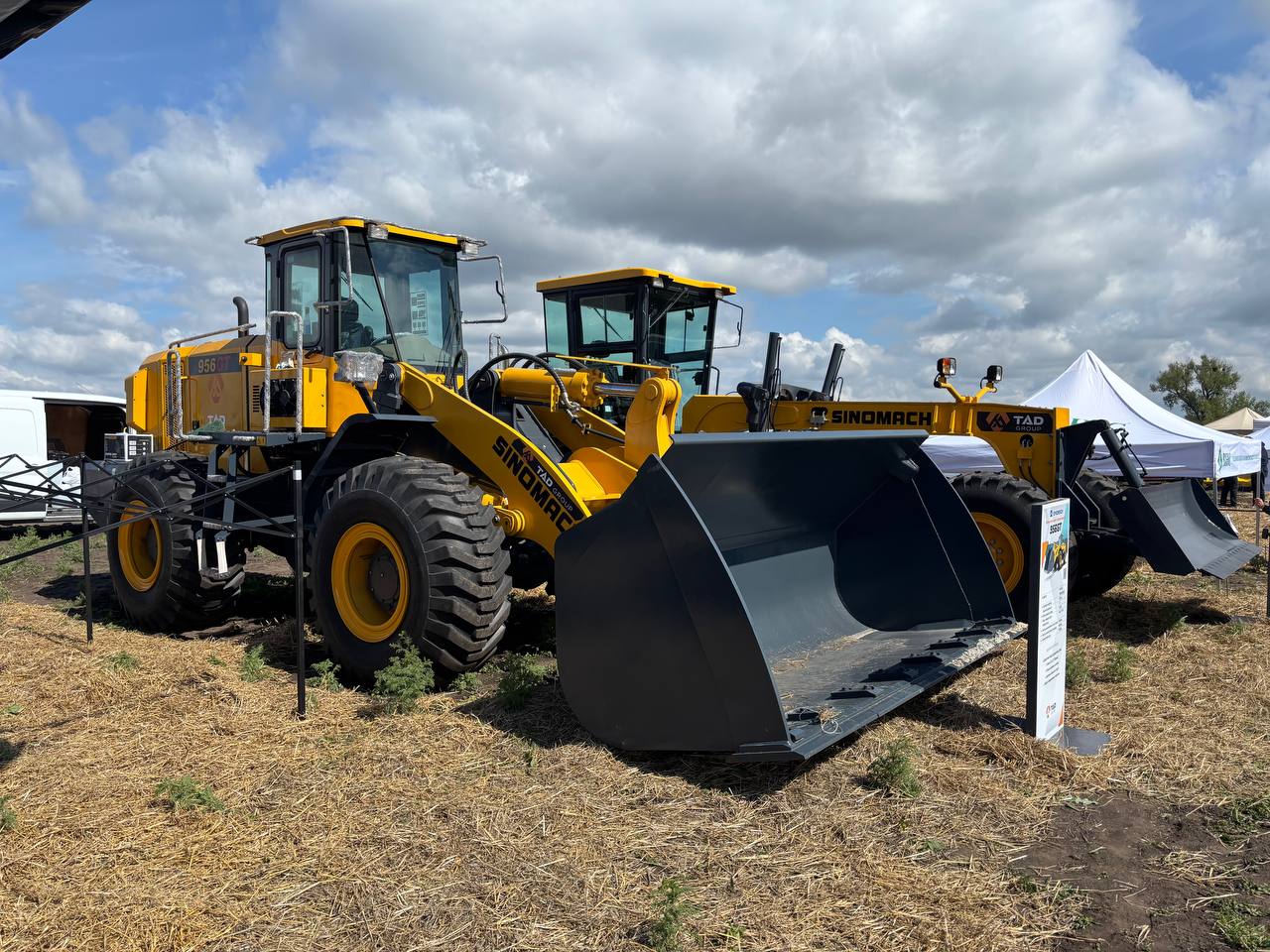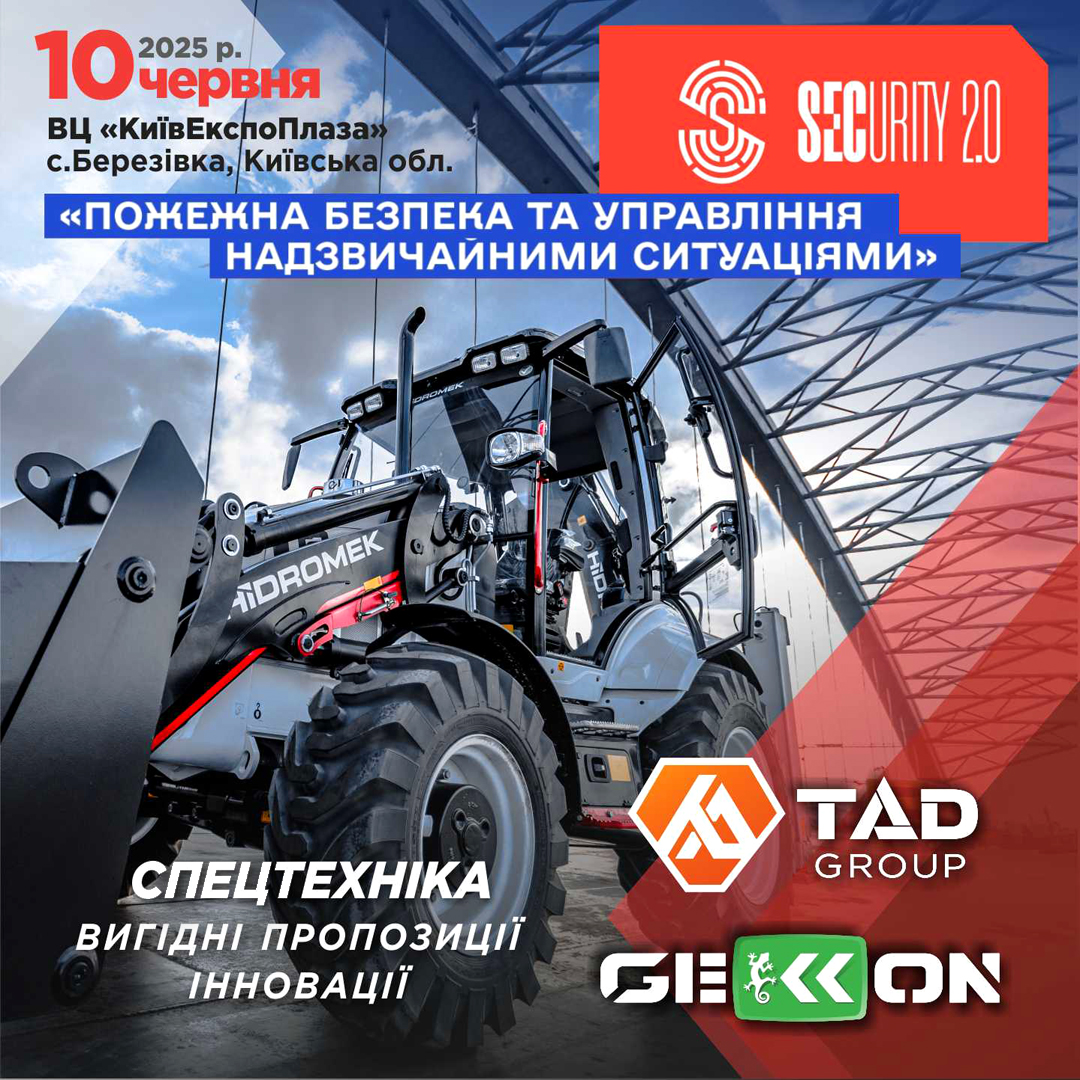Importing used special equipment from Europe is a common practice in Ukraine. Buyers are drawn to high build quality, reputable brands, and a good balance of price and remaining lifespan. However, not all equipment produced for the European market is equally effective in Ukrainian realities. In this article, we’ll explore the specific factors to consider and how to avoid mistakes when choosing.
Euro Standards — Not Always an Advantage
European equipment is designed to meet strict environmental regulations, specifically Euro 4, Euro 5, and higher standards. This means:
- complex exhaust aftertreatment systems (DPF, SCR, EGR);
- strict requirements for fuel quality;
- sensitivity to operating conditions (dust, sudden temperature changes).
In Ukraine, there isn’t always consistent access to the required class of diesel fuel or qualified service for these systems. As a result, equipment can malfunction within the first few months of operation.
Climate and Infrastructure
Many European machines are designed for mild climates, smooth roads, and operation on technical sites with high service levels. In Ukraine, however, operating conditions are often harsher: rough terrain, temperature fluctuations, and a lack of heated garages or “warm” storage.
This is particularly critical for electronics, hydraulics, and suspension. Some types of special equipment that perform perfectly in Germany or France might prove excessively temperamental in rural Ukraine.
Maintenance and Parts Issues
Even with well-known brands, difficulties can arise:
- rare or outdated models;
- lack of parts in stock;
- the need to wait for component delivery from abroad;
- shortage of specialists for specific modifications.
This is especially relevant for used backhoe loaders with specialized configurations or units that were not officially supplied to the Ukrainian market.
When European Equipment Is Justified
Despite the challenges, well-chosen equipment can indeed operate reliably. This is especially true if:
- the machine has a transparent operating history;
- a full diagnostic has been performed;
- basic adaptation measures have been carried out (firmware update, filter replacement, hydraulic adjustment).
Simplicity Saves — The Ukrainian Approach Advantage
Ukrainian businesses and farmers often prefer simple, easily maintainable equipment with minimal electronics and universal components. In contrast, European equipment is excessively “smart”—it’s difficult to adapt to imperfect conditions, and even minor repairs require diagnostic equipment.
How to Choose Suitable Equipment
For equipment to truly work and not sit idle waiting for service, consider the following:
- Year of manufacture and engine standard. Simpler is often better.
- Service history. A service book and verified mileage are desirable.
- Brand support in Ukraine. Availability of specialists and spare parts.
- Equipment purpose. Select special equipment based on actual tasks and conditions: soil types, work volume, type of sites.
- Modifiability. Some models can be adapted—complex systems disabled or parts replaced with local equivalents.
How to Avoid Mistakes When Buying
European equipment is indeed reliable, but only with proper adaptation to Ukrainian conditions. Don’t chase the latest model with lots of electronics—it’s much more important for it to be repairable, versatile, and economical to operate.
If you want to buy equipment that will genuinely work and not require constant investment, contact us. At TAD Group, we select special equipment that has been proven not only on European roads but also in Ukrainian realities. We help you choose a machine for specific tasks and guarantee its technical compliance with operating conditions.


